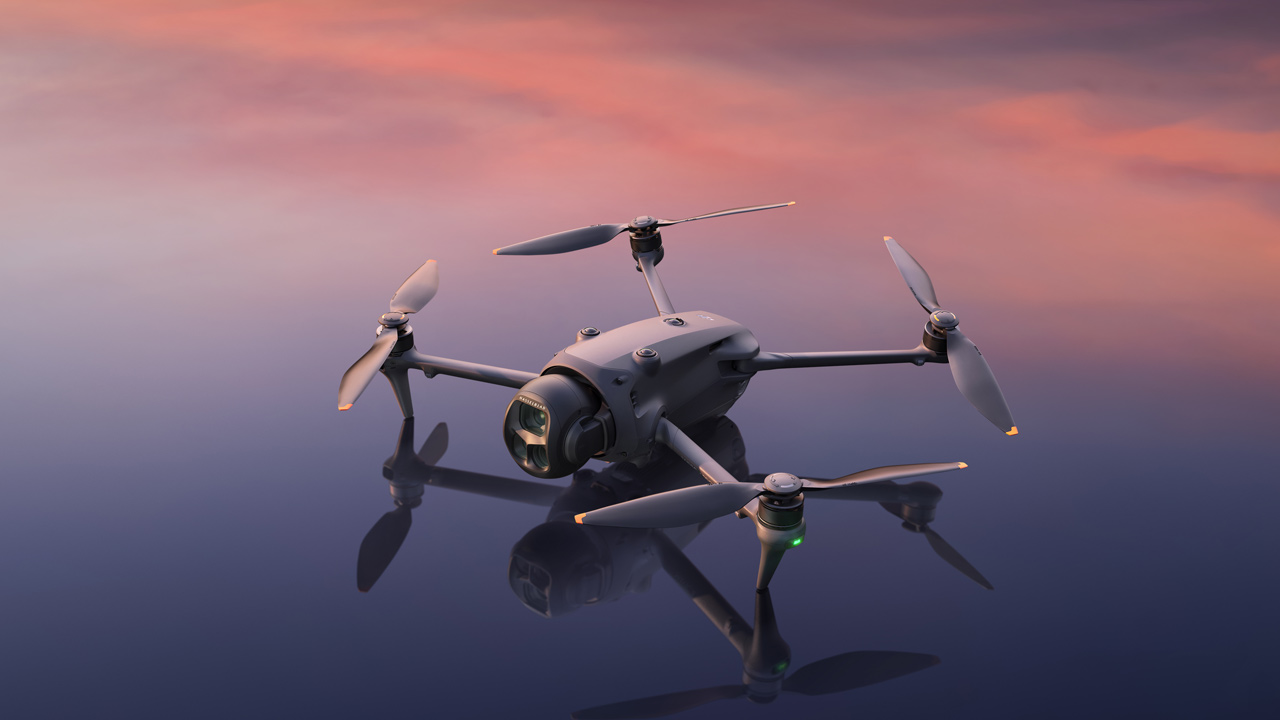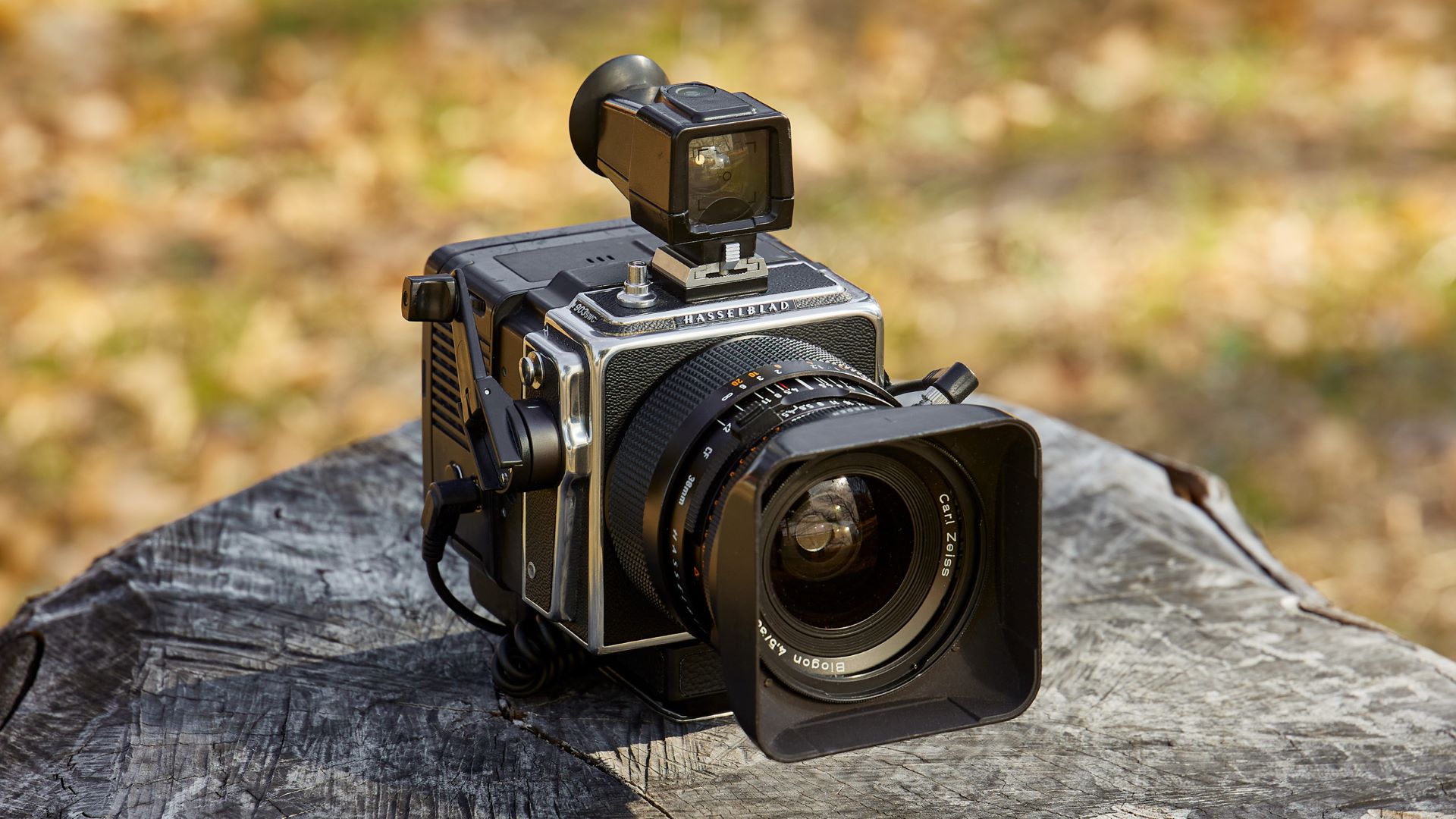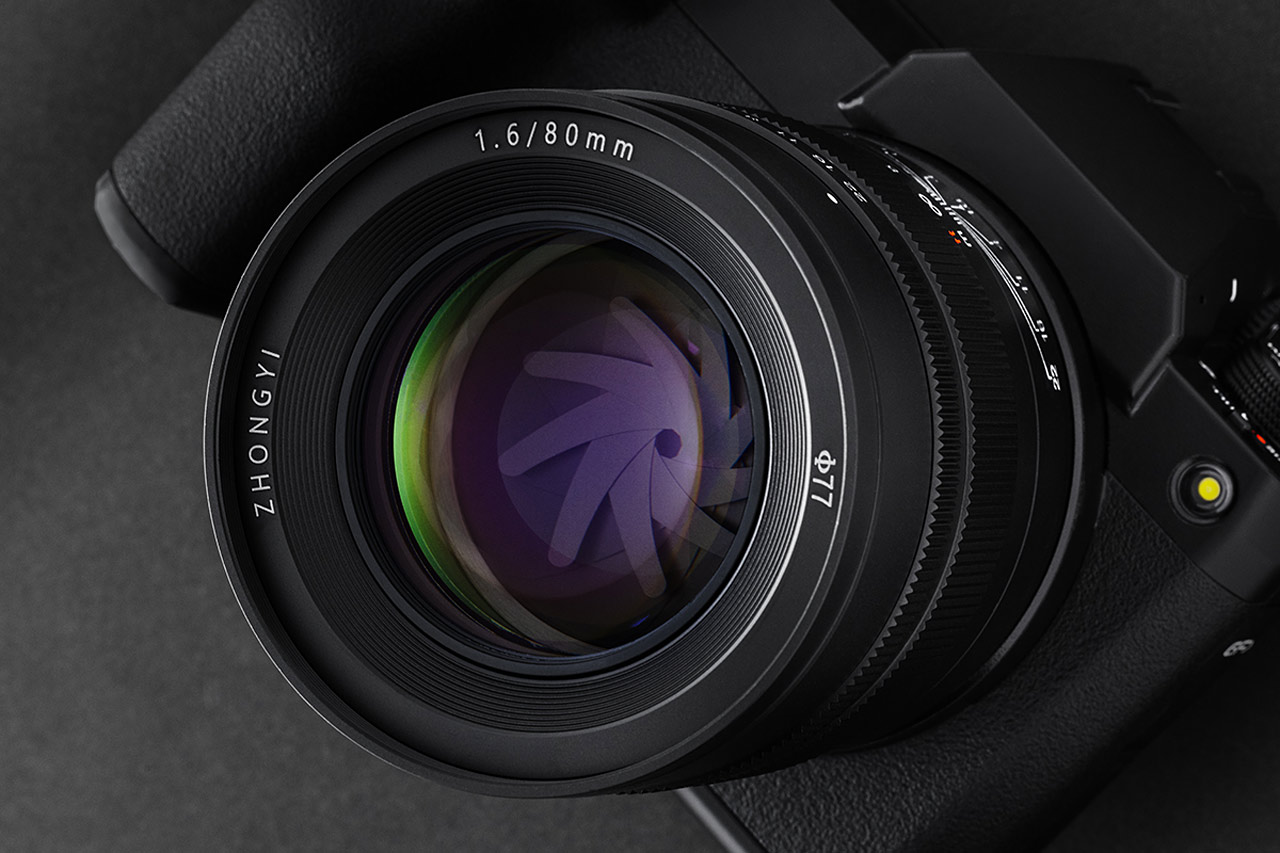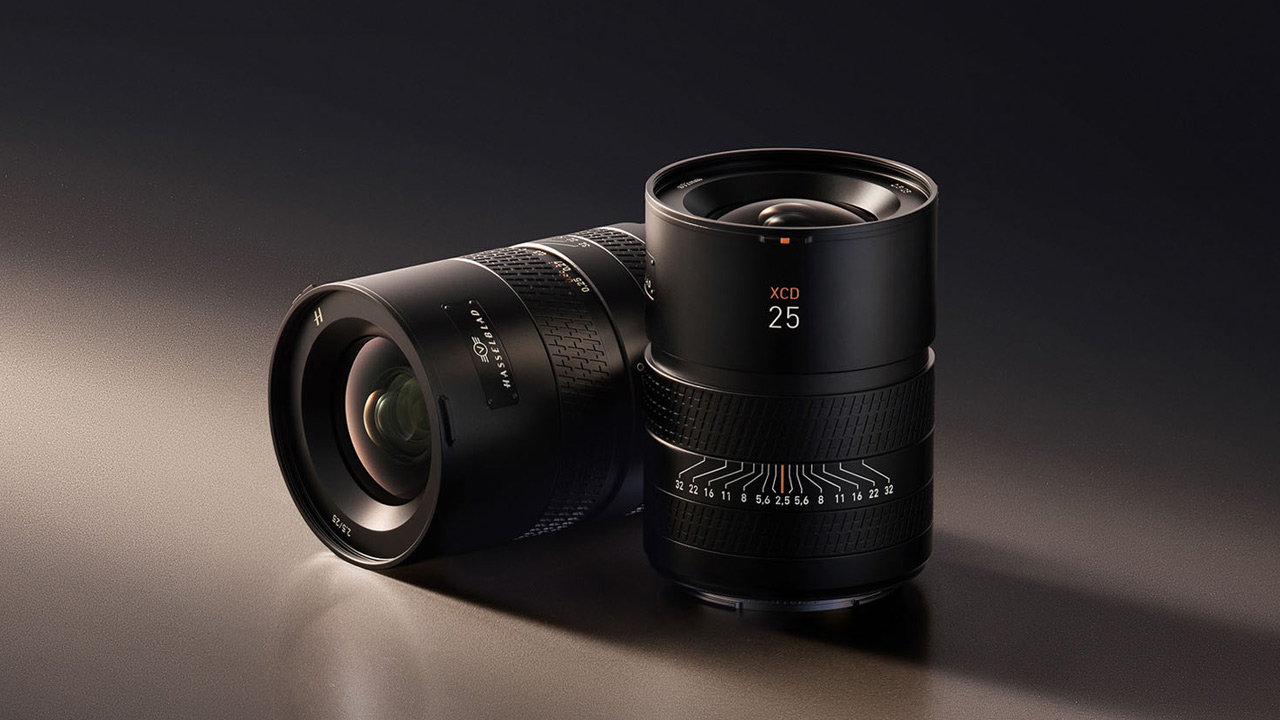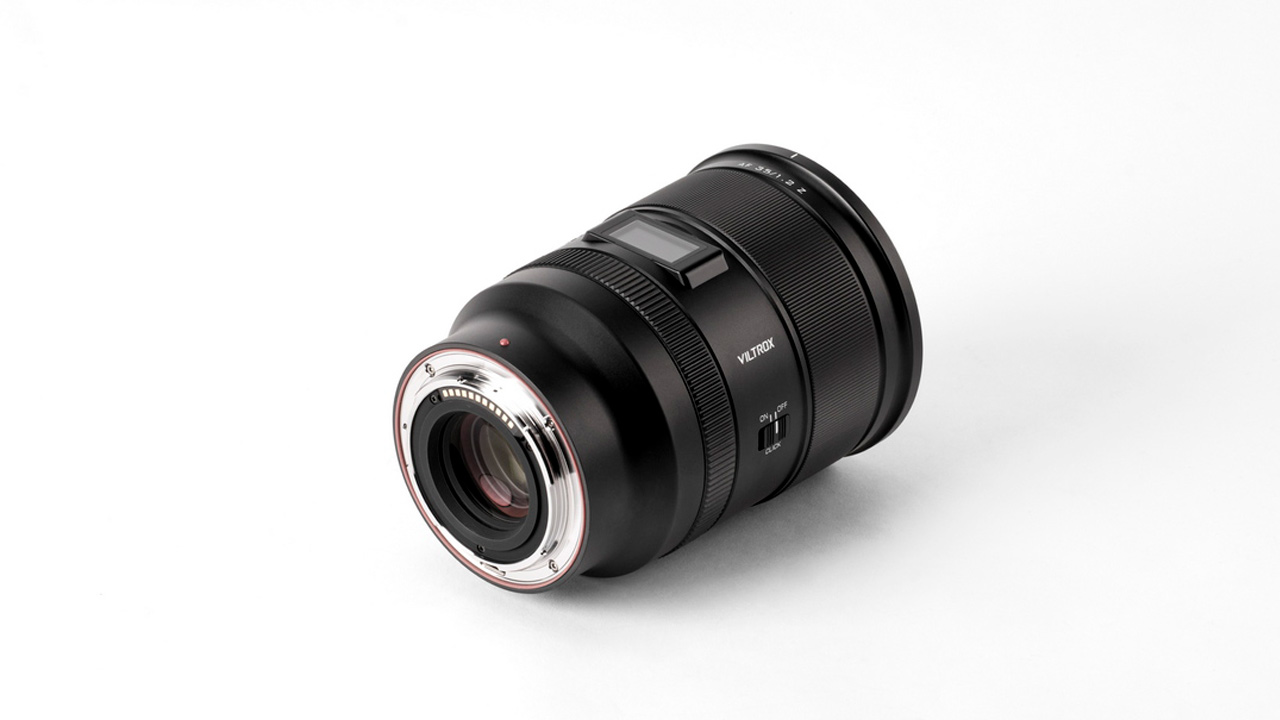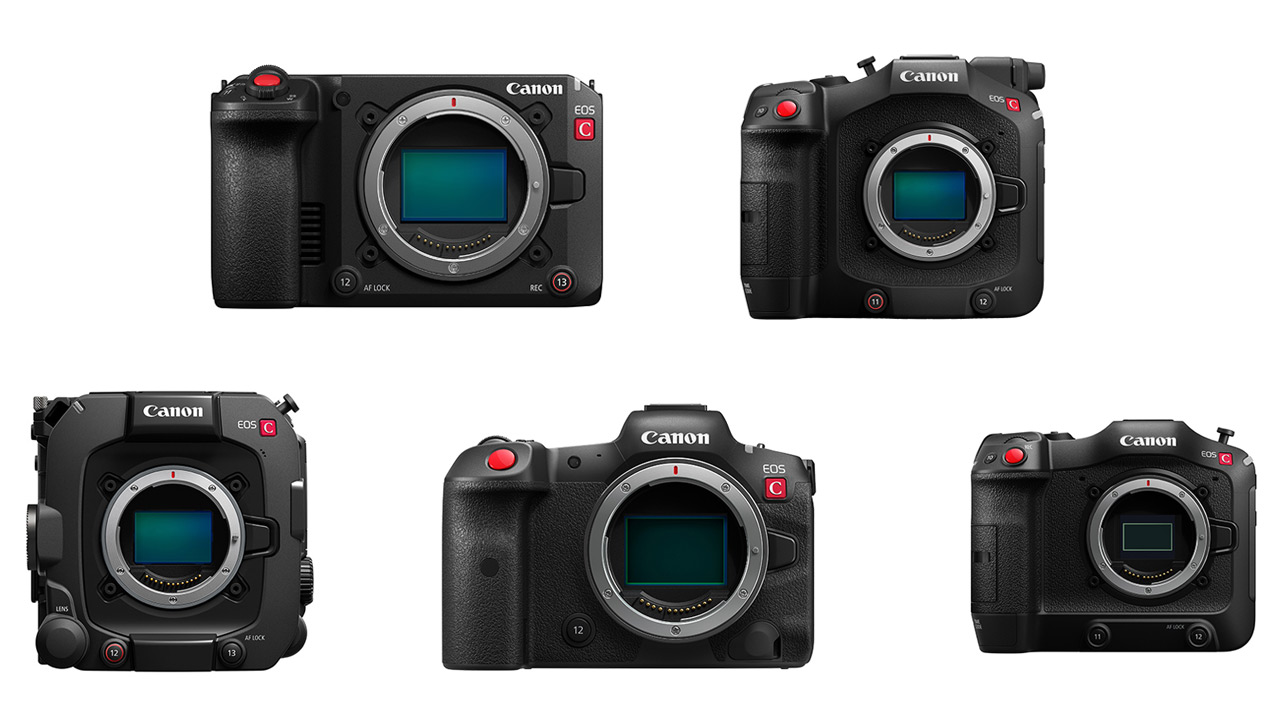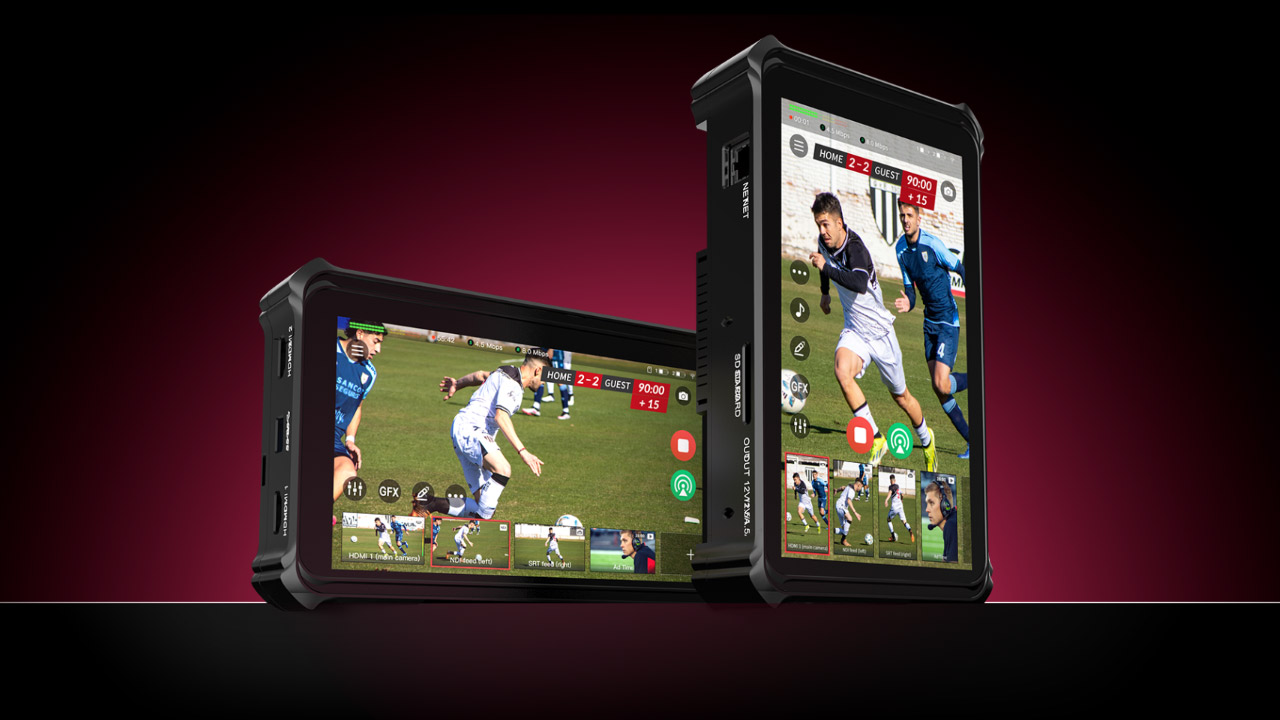
- Advantage of medium format mirrorless
- Changes in texture and appearance
- Menus and User Interface
- take a picture
- User experience of X2D
- New lens released at the same time
- in conclusion
Advantage of medium format mirrorless
A few years ago, I was obsessed with the idea that the physical expression of depth changes depending on the size of the sensor, and 35mm was no longer enough. I forced myself to buy the Hasselblad H system, and as the era shifted to mirrorless, Hasselblad also released the X1D. However, the original X1D was slow and I didn’t buy it.
The second-generation X1D II has dramatically improved processing speed, and I couldn’t ignore it, and since then I’ve been shooting snapshots in medium format.

For reference, I tried to show the difference in sensor size (H system is H6D-100c)One of the main reasons for choosing Hasselblad was not only the sensor size of medium format, but also the design concept of lens shutter. Thanks to the lens shutter, the shutter speed can be used over the entire range when using a strobe.

I can freely choose between the H6D and the X1D II on a daily basis, but I find myself using the X1D II for 80% of my work and personal life. The H6D is like driving a big truck, and you have to point and check each time, but the X1D II is a beautiful coupe and does most of the work. Compared to the H6D, the features of the X1D II are modern, easy-to-use and compact. The electronic viewfinder is presbyopia anyway, so I don’t need to worry about it depending on the camera.
Before I get to the point, I made a quick comparison table.
| X2D | X1D II | |
| sensor | Back-illuminated CMOS 100 million pixels | CMOS 50 million pixels |
| dynamic range | 15 stops | 14 stops |
| number of pixels | 100 million pixels (11656×8742) | 50 million pixels (8272×6200) |
| ISO | 64-25600 | 100-25600 |
| color depth | 16bit | 16bit |
| focus | PD (phase difference) AF, CD (contrast) AF | CD (contrast) AF |
| image stabilization | 5-axis 7-step in-body image stabilization | ― |
| recoding media | Built-in SSD 1TB, CFexpress type B | UHS-II compatible SD card 2 slots |
| viewfinder | 5.76 million pixels Magnification: 1.0x |
3.69 million pixels Magnification: 0.87x |
| rear display | 3.6-inch TFT 2.36 million pixels 2-step (40°/70°) tilt |
3.6 inch TFT 2.36 million pixels no tilt |
| Number of AF points | 294 | 117 |
| size | 148.5×106×74.5mm 790g | 148×97×70mm 650g |
| connection | USB-C 3.1 Gen2 Wi-Fi 802.11ax Bluetooth |
USB-C 3.0 Wi-Fi 802.11ac Bluetooth GPS |
| movie shooting | none | Maximum 2.7K 29.97fps |
Changes in texture and appearance


The moment you hold it in your hand, you will be surprised by its size, which is completely different from the X1D II. Especially because the grip shape has changed and the thickness of the body has increased, it seems to have a camera that is one size larger. But I don’t really feel the weight of the 140g increase. As expected, Hasselblad is comfortable to hold even when it is large. I’ve used several types of the H system, the 2nd generation of the X system, and the 907X, but I’ve never come across a Hasselblad camera that feels uncomfortable to hold. Of course, the same goes for the classic V series.

The positions of the buttons and knobs are the same as the X1D and X1D II, so there is no confusion at all, but the knob for selecting the shooting mode has been abolished and the X2D has a sub-monitor. The display shows ISO, aperture, white balance mode, shutter speed and more. Of course, more detailed information is displayed on the rear display. What I found very convenient is that the remaining battery level is displayed at the moment the camera is turned on.
The dial located on the thumb of the right hand can be pushed and the image in the viewfinder can be enlarged. Both the X1D II and X2D have an M/AF switch button and an ISO/WB button on the top of the camera, but the fact that the X2D with its larger body is easier to reach is a well-thought-out evolution.
By holding down the M/AF button on the X1D, I was able to move the AF point vertically and horizontally while looking through the viewfinder. In the X2D, this function is gone, and if you want to move the focus point with the knob while looking through the viewfinder, press and hold the button called the AF mode button on the front of the camera. Of course, even when looking through the viewfinder, you can move the AF point with touch operations in live view.
The number of AF points is a big improvement here. With the X1D II, which has 117 AF points, I had the impression that it was jerky, but with the X2D, which has 294 AF points, it feels like I can move smoothly. It seems that the improvement in processing speed also contributes to the smoothness of AF point movement.
The accuracy of the AF, which can be selected from two types of phase difference and contrast, is good, and it seems that the tracking performance has improved compared to the X1D II even when backlit. But don’t expect any smart eye-chasing features like Japanese cameras.
The battery is the same as the X1D, and of course the same charger can be used.
Menus and User Interface
As with all Hasselblad models, the menu is straightforward. You can quickly find what is where even if it is the first time. I wonder why Japanese camera makers can’t imitate it. With the addition of a horizontal swipe, which was not on the X1D, access to the settings screen is easy.
Just like Apple iOS and macOS, it feels great when you touch the buttons and the machine responds. From the moment I hold the X2D in my hands, I feel a sense of exhilaration, and I don’t feel any discomfort at all. I have to admit that the tactile sensation is actually part of the user interface.
take a picture
I took the X1D II, X2D and H6D-100c outside and compared them.
model shoot
First, the model was shot with an off-camera strobe. With the setting sun at my back, I had a bit of a hard time getting the AF right with the X1D and H6D-100c, but that wasn’t the case with the X2D. The details of the sky and the skin are very good in all models, but why do you want to develop a low-key image when you take pictures with Hassel?
However, I didn’t have a similar lens for the H6D-100c, so I used the H System’s first generation 50mm “HC 3,5/50”. I would like you to see it as a reference.
There isn’t much of a difference between the X1D II and the X2D in terms of usability, but the X2D is faster than anything else. If the startup is fast, the AF is also fast. It is extremely fast because it accesses the internal SSD for image writing. This sense of speed is a big benefit in model photography.



It may be just my impression, but I feel that the X system has the impression of X and the H system has the impression of H. This may be due to the lens and sensor size used. When zoomed in, the combination of H6D and HC 3,5/50 clearly has less detail than X2D and XCD 2,5/55. However, the correlation between the sea in the background and the subject looks deeper in H. It’s not good or bad, but X has a very digital and cold impression.



When you zoom in, you can see how sharp the X2D is. Surprisingly, the X1D II, which has half the resolution, is doing well. Even the X1D II, which is slightly more expensive than the X2D and has half the resolution, can shoot so far. It’s natural, but it’s a level that can be used at work.
This time I shot with an off-camera strobe, but in fact, even without a strobe, the dynamic range has evolved to 15 stops and 16-bit processing, so depending on the editing, it will be quite manageable. In the following photo, the highlights and shadows in Adobe Camera Raw were used to lower the bright areas and raise the dark areas.

still life
I used the HC 4/120mm I to shoot a mechanical watch that I have been using for many years. The X2D used the XH lens adapter. Since the sensor size is different, the size that can be photographed is also different. Left is H6D, right is X2D. Considering the price of the camera, I think the X2D is enough.

The more you look at the details, the better the performance of X2D.

Both are on the same level.
And the fact that I noticed while working on the development. Both X2D and H6D are often roughly explained as 100 million pixels, but the exact number of pixels is
- X2D:11656×8742
- H6D:11600×8700
The X2D, which has a smaller sensor size, has more pixels.
landscape
I took out my camera and took pictures of everyday scenery.

ISO 800, shutter speed is 1/15. No camera shake at all. The 5-axis 7-speed in-body image stabilization mechanism is extremely effective.
Another thing I would like to mention is that the dynamic range of the X1D II has been reduced from 14 stops to 15 stops. More information is retained in overexposed and extremely dark areas. Furthermore, since it is shot in 1 channel 16 bits, it is not odd that Photoshop can do something about it.
The photo below is the initial state opened in Adobe Camera Raw. Although the exposure matches the common sky, the shaded areas are a little too dark due to overexposure.

By simply lowering the highlights and raising the shadows in the settings screen of Adobe Camera Raw, the details of the extremely bright and dark areas become visible and dramatic at once.

15 stops of dynamic range is on par with the H6D.


With a 16-bit 100-megapixel image that maintains a wide range of details, it’s a reassuring bundle. For now, I shoot neutral photos and enjoy extensive editing in Adobe Camera Raw and Photoshop. One of the best solutions for modern photography.


User experience of X2D
processing speed
Everything felt fast anyway. I tried arranging X1D II and X2D side by side and starting them at the same time, but they are twice as fast. It can be started immediately when you want to shoot something, which is a necessary element for a tool called a camera. AF is fast and writing is fast. In terms of processing speed, it feels like the third generation.
fever
I’ve experienced overheating several times with the X1D II. Looking at overseas information, I saw an article saying that heat generation is one of the heat dissipation functions, so there is no problem, but the heat generation was so unsettling that it was at the level that it might catch fire sooner or later. I had the same worries with the X2D, but there was no need to worry. The X2D did get a little hot after extended use, but it didn’t overheat like the X1D II.
EVF
The EVF seems to have doubled the resolution. However, it is also true that the EVF cannot be accepted by the author. I think it has become a matter of preference, but I still think that the optical viewfinder is superior.
That said, the X2D’s EVF, which has a higher resolution than the X1D II, is not physiologically unacceptable. I have advanced presbyopia, and to be honest, it is difficult to adjust the focus on the back monitor. I really want to shoot through the viewfinder. Even I was able to shoot without stress. I think the specifications of 100% field of view and 1x magnification contributed greatly. You can also magnify the image displayed on the EVF by pressing the right thumb knob. This kind of feat is something that an optical viewfinder can’t do, and it’s the moment when I think the EVF is more convenient.
By the way, every camera has a diopter adjustment knob that allows you to adjust the viewfinder to suit your eyesight. However, the X2D does not have that knob, so even for diopter adjustment, select the diopter adjustment item from the menu and adjust it with the knob on the camera side.
storage
It was designed to use a completely unfamiliar memory card, the CFexpress Type B memory card, and I didn’t have the card at hand, so I was a little impatient. The internal SSD is Columbus’ egg idea. If you have 1TB built-in, you don’t need a memory card. You can shoot with tethering in the studio, and you need a lot of enthusiasm to use up 1TB even on location. When the SSD is full, you can connect the camera and laptop with USB-C and copy the files.
Insurance of 100 million pixels
100 million pixels was the privilege of the H series, but finally the X series also has 100 million pixels in X2D, which is nothing but a revolution. Compared to the H, the sensor size and body size are smaller. Still 100 million pixels. In addition, the back-illuminated CMOS sensor type also contributes greatly to the splendor of the photos that can be taken with the X2D. Has there been any revolution in the manufacturing of back-illuminated CMOS, which has been considered difficult until now? Even the H5D is a common surface-illuminated CMOS.
Another thing I noticed compared to the H6D is the number of pixels.
- X2D:11656×8742
- H6D:11600×8700
Yes, the X2D has slightly more pixels…
New lens released at the same time

This time I decided to borrow 55mm and 38mm. The 90mm, which I couldn’t borrow this time, is a little disappointing because it feels perfect for portraits, but the 55mm may be a wide prime lens that can be used everyday. Both are very light and easy to handle. I took portraits with the 55mm, and it was a very sharp lens, and I felt a bit digital in its sharpness.

The path was shot with a 38mm lens, but I would like to focus on the intersection of the sky and the leaves.

The image is very honest with few fringes.
To use the newly released lenses on the X1D II 50C, you need to update to the latest firmware. This new series allows you to specify the aperture with the ring on the lens side. I hadn’t actually adjusted the aperture with the lens ring for a long time, but it was so intuitive! I realized again. Additionally, the aperture ring can be mapped to other functions, such as ISO settings.
The exterior design is classical. I personally don’t like it, but I like the fact that the focal length is marked on the top! For a presbyopic writer, it is much easier to understand than it is written in small letters. The white ink printed in the embossment is highly visible and very good! I want it all to be this.
Although it is a small talk, the lens cap has also been updated, and it is made of metal and has a high-class finish. good!
in conclusion
The X1D II and X2D are similar but different, and although they look similar because they are successors, the more you touch them, the clearer they are. This is a completely new type of camera! It is an undeniable fact that you can take pictures with the same number of pixels as the H6D-100C, and you can get such a camera for around 1 million. It has a lot of AF points, can shoot continuously, is small enough to carry around, and has an explosive start-up speed. Looking at the quality of the photos taken, it’s surprising that the video recording function and GPS are omitted.
I brought the H6D-100c with me every year to shoot the regular Beverly Hills Film Festival. Unfortunately, thanks to Corona, the film festival has not been held since 2019, but I was planning to use the X1D II in 2019. The H6D-100c is not suitable for work at film festivals, where there are many situations where you have to shoot hand-held suddenly. If this was X2D, it would be perfect. Despite the lack of light and the unpredictable movement of people, the official photos of the film festival require a certain level of quality. In addition, you can take snapshots of LA and Hollywood with the same camera during your off time.
I think this time it was not just an update, but an update of the act of taking a picture. The X2D is a completely new Hassell proposal rather than a successor to the X1D II. These two models are different, and if you look at Hasselblad’s website, the X1D II is still listed as the current model, which is the best proof. If the X1D II disappears due to the change of generation, it will give the impression that Hasselblad, which has become familiar with us, will be distant again.
Comparing the X1D II to the X2D is utterly pointless, but what about the H6D?
This is a really annoying problem, and if you consider it as a job that requires consideration of cost-effectiveness, I think X2D will win in most cases. The rare case that I can’t do with X2D is shooting models in a studio.
That is, in the act of leaving a person in an image, both the photographer and the person being photographed have some kind of physiological sensation intervening in that act. For example, the shutter sound, vibration, and the atmosphere created by the camera. The density of conversation between the photographer and the camera seems to be overwhelmingly higher in H, and I think that when shooting a person, it is easier to assemble the subject, the photographer, and the camera. In that sense, X2D is completely tasteless and odorless.
For example, which one is correct, a Porsche 911 that doesn’t even carry luggage, or an Audi RS6 that has specs approaching Lamborghini’s? Both answers are correct, of course. The 911 and RS6 differ in how they interact with the car and in what density. The important points required by drivers are also different. The H6D and X2D just seemed like such a relationship.
I simply didn’t want to deny the H6D, which is a bit of a painful conclusion, but the X2D is definitely the next level and highly recommended Hasselblad camera. It’s the camera I really want.
shooting cooperation
- Model: Noa
- Instagram ID: @noa_0.s
- Tavernavalena: https://tavernabalena.com/



